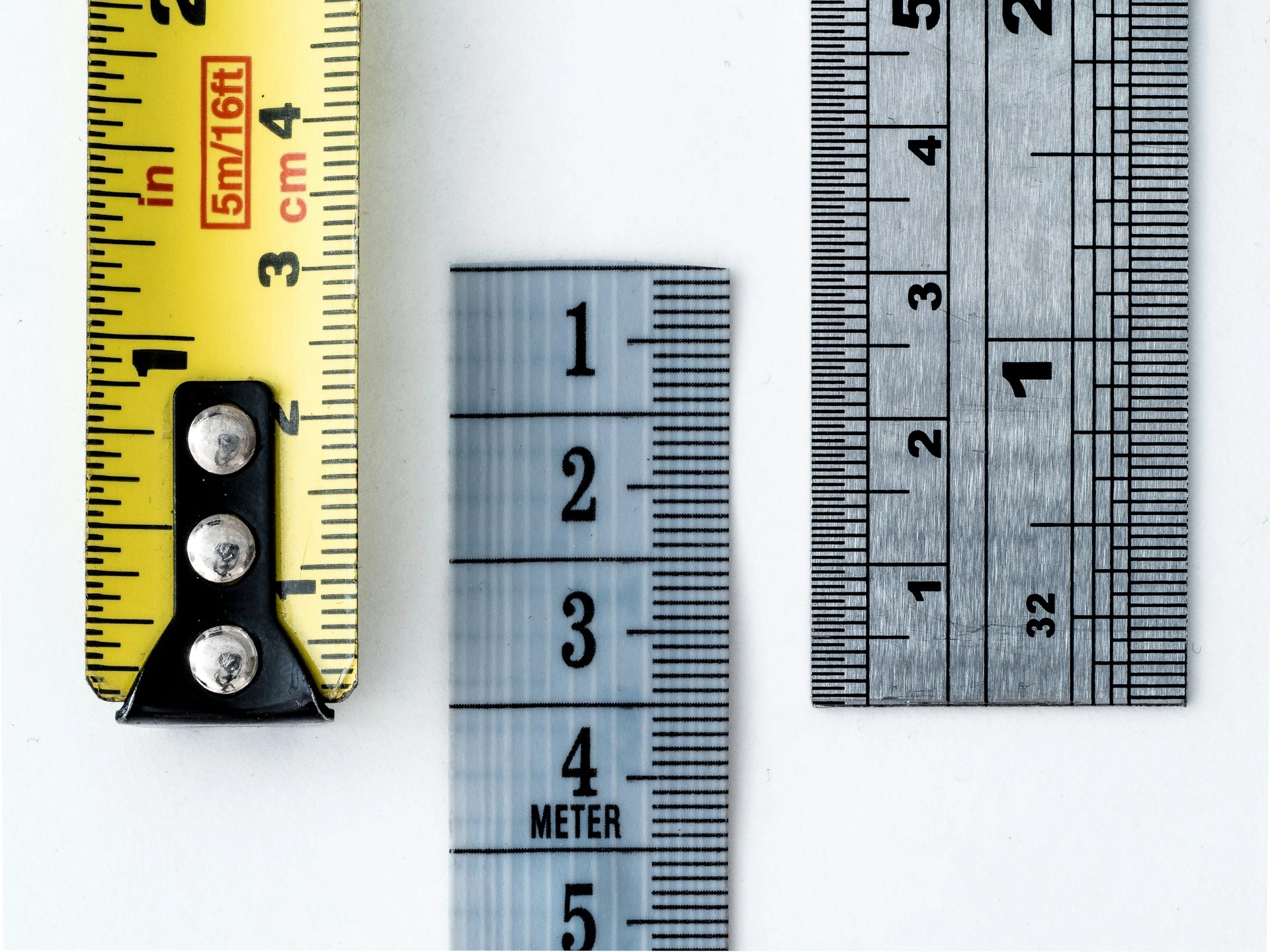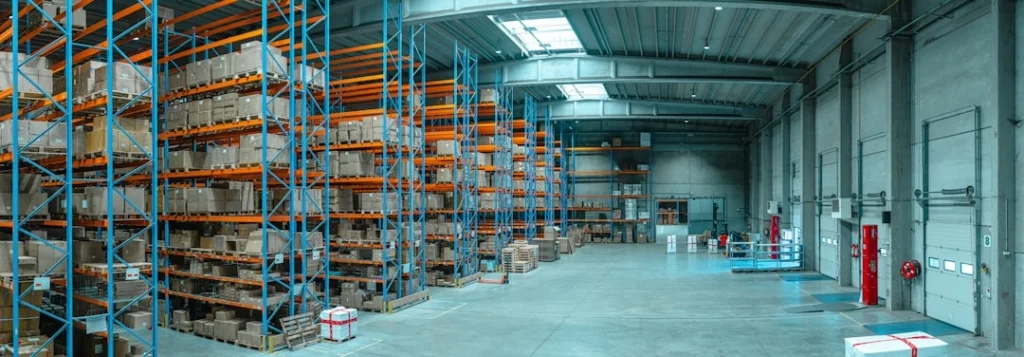In a nutshell:
- Demand planning KPIs are crucial for supply chain success and improving performance.
- Forecast accuracy, inventory turnover, and fill rate are essential KPIs for demand planning.
- AI can enhance demand forecasting accuracy and optimize inventory turnover.
- Implementing effective KPIs involves careful selection, clear communication, and regular monitoring.
- Leveraging AI in demand planning can lead to improved accuracy, efficiency, and overall supply chain performance.
Data isn't the only thing that matters for supply chain and inventory management. It's everything. Having access to the right information and insights can make all the difference in achieving supply chain goals and driving success. That's where demand planning Key Performance Indicators (KPIs) come in.
Demand planning KPIs provide a comprehensive way to measure and track performance, helping teams understand which areas to focus on and how to improve.
In this post, we'll explore the importance of demand planning KPIs in supply chain management. We'll dive into the key performance indicators for demand planning, learn how AI can improve demand forecasting, and discover best practices for implementing effective KPIs.
Photo by Markus Winkler on Unsplash
Key Performance Indicators for Demand Planning
The cornerstone of effective demand planning lies in selecting and tracking the right key performance indicators (KPIs). These KPIs offer valuable insights into the performance and efficiency of your supply chain operations.
Let's explore some essential KPIs for demand planning and understand how to measure and enhance them.
Forecast Accuracy KPIs
Forecast accuracy is one of the most essential demand planning KPIs, as it measures how close actual demand is to forecasted demand. A higher forecast accuracy indicates a well-functioning demand planning process, leading to reduced stockouts and overstocks and improved service levels.
This KPI is typically calculated as the absolute difference between actual and forecasted demand, divided by the actual demand.
Utilizing AI Demand Forecasting for Improved Accuracy
Artificial intelligence (AI) has revolutionized demand forecasting, making it quicker and more accurate. AI-based demand forecasting uses machine learning algorithms to analyze past trends and relationships between different variables, thereby improving forecast accuracy. This technology can handle large amounts of data and identify patterns that would be virtually impossible for humans to detect.
Inventory Turnover KPIs
The inventory turnover KPI indicates how many times a business has sold and replaced inventory during a given period. A higher turnover rate suggests strong sales and efficient inventory management, whereas a low turnover rate may signify slow sales, excess inventory, or issues with product lines. Monitoring this indicator can prevent overstocking or understocking situations and help businesses maintain efficient levels of stock.
Strategies for Optimizing Inventory Turnover With KPIs
Optimizing inventory turnover involves strategies that ensure stock is kept at an optimal level, including regular demand forecasting, sales data analysis, and managing supplier relationships. AI can be used to automate these processes and provide near-real-time tracking and adjustment of inventory levels based on demand trends.
Fill Rate and Stockout KPIs
Fill rate is the percentage of customer demand that is met through immediate stock availability, without backorders or lost sales. A higher fill rate means fewer stockouts, which in turn means happier customers. Managing this KPI involves balancing the risk of stockouts against the cost of carrying extra inventory.
Using KPIs to Improve Customer Service Levels
Tracking fill rate and stockout KPIs can provide insights on how to improve customer service levels. Businesses can use this data to adjust their inventory policies, leading to better product availability, higher customer satisfaction, and increased sales. AI tools can be leveraged to automate this process, providing faster, more accurate results.
Photo by Bozhin Karaivanov on Unsplash
Leveraging AI for Demand Forecasting
As we dive deeper into the realm of demand planning KPIs, it’s impossible to overlook the impact of cutting-edge technology. In this context, artificial intelligence (AI) is proving to be a game-changer. Its ability to analyze large volumes of data, spot trends, and make accurate predictions makes it an ideal tool for improving demand planning KPIs.
Understanding AI Demand Forecasting
At its core, AI demand forecasting is the application of AI and machine learning techniques to predict future demand for products. Using vast amounts of historical data, AI models can learn complex patterns and relationships to generate accurate demand predictions.
This level of accuracy is made possible by the ability of AI to consider a wide range of factors, such as past sales trends, promotional activities, seasonal variations, and market trends.
Benefits of AI in Improving Demand Planning KPIs
The benefits of using AI in demand planning are extensive and multi-faceted. The primary advantage is undoubtedly improved accuracy in demand forecasting, which directly impacts forecast accuracy KPIs. This, in turn, leads to better inventory management and reduced stockouts, thus improving inventory turnover and fill rate KPIs.
AI brings speed and efficiency to the demand planning process. Traditional manual methods of forecasting are time-consuming and prone to errors. In contrast, AI automates most of the process, freeing up valuable time and resources.
AI platforms often come with advanced analytics capabilities, providing deeper insights into demand trends and patterns. This facilitates more informed decision-making and strategic planning, leading to better overall performance of supply chain operations.
Photo by Diana Polekhina on Unsplash
Implementing Effective Demand Planning KPIs
To fully exploit the capabilities of demand planning KPIs, their implementation must be thoughtful and strategic. Care must be taken in setting and monitoring KPIs, and the right tools and technologies must be used for tracking and analyzing them. Let's delve into the best practices for implementing effective demand planning KPIs and discover the advantages of leveraging advanced technology in this process.
Best Practices for Setting and Monitoring KPIs
Setting and monitoring KPIs is a critical aspect of demand planning. The first step involves identifying the KPIs that are most relevant to your business goals and objectives. Remember, not all KPIs are created equal, and choosing the wrong ones can lead to misaligned strategies and wasted resources.
Once selected, the KPIs should be clearly defined and communicated across all levels of the organization. Everyone involved in the demand planning process should understand what the KPIs measure, why they matter, and how they align with the company's goals.
It's also crucial to establish a regular schedule for tracking and reviewing KPIs. This process should be conducted regularly to identify trends, spot potential issues early, and make necessary adjustments.
Remember, KPIs are not one-time measurements but continuous monitoring tools that can help your company adapt to changes and improve operations rapidly.
Tools and Technologies for Tracking and Analyzing KPIs
When it comes to tracking and analyzing demand planning KPIs, there's no shortage of tools and technologies available. From simple spreadsheet software to sophisticated AI-powered platforms, the choice of tool depends on the complexity of your operations and the scale of your needs.
Spreadsheet tools like Excel can fulfill basic tracking and analysis needs. However, as your operations grow more complex, you may need more advanced solutions, like AI-powered demand planning software. These platforms not only automate data collection and KPI calculations but also provide sophisticated data visualization and analytics capabilities.
These AI-powered tools can help uncover hidden patterns in your demand data, facilitate real-time decision-making, and provide predictive analytics for more accurate future demand forecasts. Through these technologies, you can take your demand planning KPIs to the next level and drive greater efficiency and effectiveness in your supply chain operations.
Implementing effective demand planning KPIs is all about aligning your chosen indicators with your business goals, ensuring proper communication and understanding across your organization, and leveraging the right tools for tracking and analysis.
By following these best practices, you can maximize the benefits of your demand planning KPIs and drive significant improvements in your supply chain performance.
Photo by William Warby on Unsplash
Use Demand Planning KPIs as Part of Your Business Strategy
Mastering demand planning KPIs is a strategic undertaking that requires a clear understanding of the role and impact of these indicators in supply chain management. It involves an integrated approach that combines the right KPIs, innovative technology in the form of AI, and strategic implementation.
When done correctly, this can result in a streamlined, efficient, and effective supply chain that aligns well with overall business objectives.
Implementing effective KPIs entails careful selection in line with business goals, clear definition and communication within the organization, and regular monitoring to identify trends and make necessary adjustments. To ensure an optimal tracking and analysis process, leveraging the right tools and technologies is paramount.
Implement AI Demand Forecasting for Improved Results
As we look toward the future, AI remains a significant driver in improving demand planning KPIs. With its predictive capabilities, advanced analytics, and automation of complex processes, AI demand forecasting promises a way to greater accuracy and efficiency in supply chain management.
Businesses looking to optimize their supply chain performance should take a serious look at implementing AI in their demand planning processes.
Knowing your KPIs and how to measure them effectively means knowing your business. It means being attuned to the dynamics of your supply chain, being adaptable, and being ready to leverage technology for better results.
Master your demand planning KPIs, and you've already won half the battle in achieving supply chain success.
Ready to smash your demand planning KPIs with the help of AI? We'd love to talk to you about how Pecan can help. Get in touch today.







